Concrete is an integral part of any construction project, whether you are building roads, tall structures, irrigation canals, reservoir dams, tunnels, industrial floorings, precast segments etc. This is because concrete is more durable than any other material. Even though concrete is durable, it is naturally subjected to cracking due to the effect of changes in temperature, humidity, wind & corrosion activity of steel bars. Concrete undergoes dynamic loading and rigorous environmental conditions, resulting in cracks. The cracks which are developed can give a way for repairs and maintenance or the structure may collapse under service load conditions. The solution to this problem is the introduction of
Synthetic Fiber Reinforced Concrete.
Synthetic Fiber Reinforced Concrete (SFRC)
It is specially engineered concrete that contains short discrete synthetic fibers that are uniformly distributed and randomly oriented in the concrete matrix and provides 3-Dimensional Reinforcement for your concrete structure. Synthetic fibers are most commonly added to concrete for slab-on-grade construction to reduce early plastic shrinkage cracking and increase impact- and abrasion resistance and toughness. The fibers also can be added to precast concrete to improve resistance to handling stresses, to pumped concrete to improve cohesiveness, and to shotcrete to reduce rebound and material waste.
Role of Synthetic Fibers in Concrete
The two forces, one in the top layer & other in the bottom layer of freshly laid concrete, develop tensile stresses in the top layer. This leads to the development of early tensile strength in the top layer of concrete & creates cracks. If concrete tries to crack, the fibers intercept the crack and act like internal Band-Aids. Fibers will ‘elongate’ or ‘stretch’ before they can transfer significant amounts of stress across the cracks and allow them to carry more load. It’s an interlocking mechanism.
Synthetic Fiber Reinforced Concrete projects have proven that synthetic fibers do increase the longevity of your constructed projects and have been found to contribute to several durability properties, which translates into longer concrete life at a reasonable additional cost. These Synthetic Fibers have the potential to enhance specific properties of fresh and hardened concrete such as workability, segregation, bleeding, plastic shrinkage, compressive strength, flexural strength, impact resistance, toughness or energy absorption, abrasion resistance, durability etc.
Based on the Cross-Sectional size, shape and intendant applications, Synthetic Fibers are categorised into 2 Groups.
1.Micro Fibers: These fibers are used in concrete to reduce Plastic Shrinkage Cracks. These Shrinkage cracks occur mainly due to moisture loss in concrete within the first 24 hours after placing.
During this plastic state, Young’s Modulus of Micro Fibers is greater than Young’s Modulus of Fresh Concrete. Thus Polymer Micro Fibers act as a Plastic Shrinkage Reinforcement during the first 24hrs and later mechanical properties of the concrete will add up and results in no shrinkage cracks in dry state.
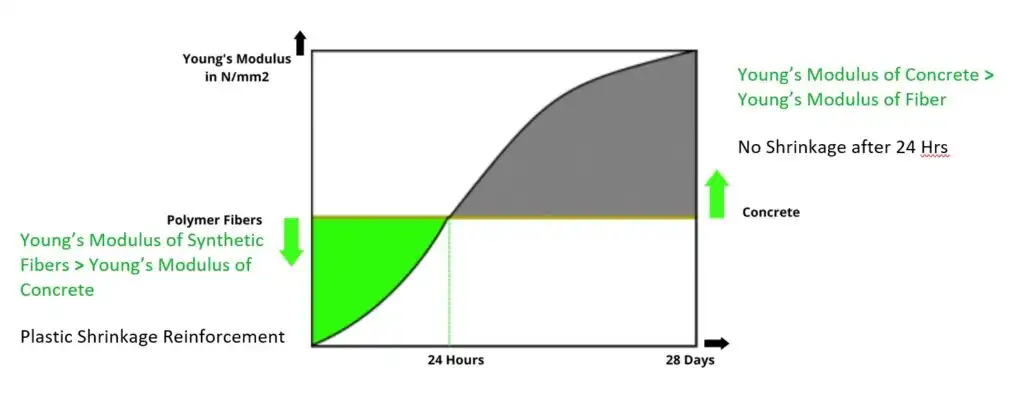
In case of any fire accidents, these micro fibers act as capillaries or ducts. Fibers get liquefied and create pores in the concrete to ventilate the accumulated smoke/steam from the inner area to the outer atmosphere, which in turn reduces the internal pressure of the building and offers high resistance to spalling of concrete.
“Greater the Young’s Modulus, better will be the crack control in terms of Crack Length & Crack Width. The Young’s Modulus of Fiber is the only key parameter to resolve this crack issues by bridging the cracks by millions of dense networks of Synthetic Fibers.”

(Synthetic Monofilament Fiber)
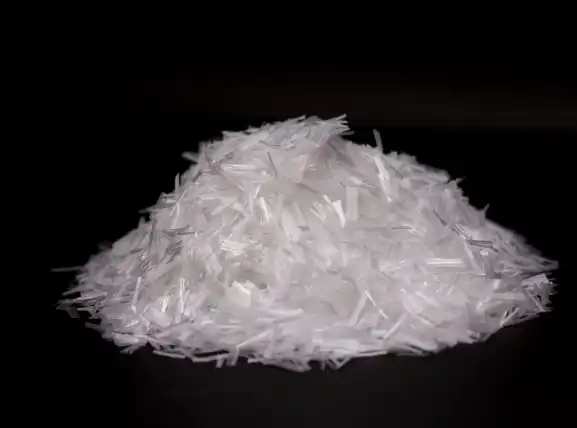
(Synthetic Fibrillated Mesh Fiber)
2.Macro Fibers: These fibers are designed to infuse the concrete with high added levels of energy absorption, flexural toughness, durability & to increase the post-cracking residual strength of concrete. It also helps to mitigate the formation of shrinkage cracking in concrete.
These macro fibers play a vital role in transferring structural loads and increase the post-cracking residual strength of the concrete applications and a substitute for steel fibers and steel reinforcements in some areas of applications such as tunnel lining, shotcrete, industrial floorings, mezzanine deck slabs and many more.
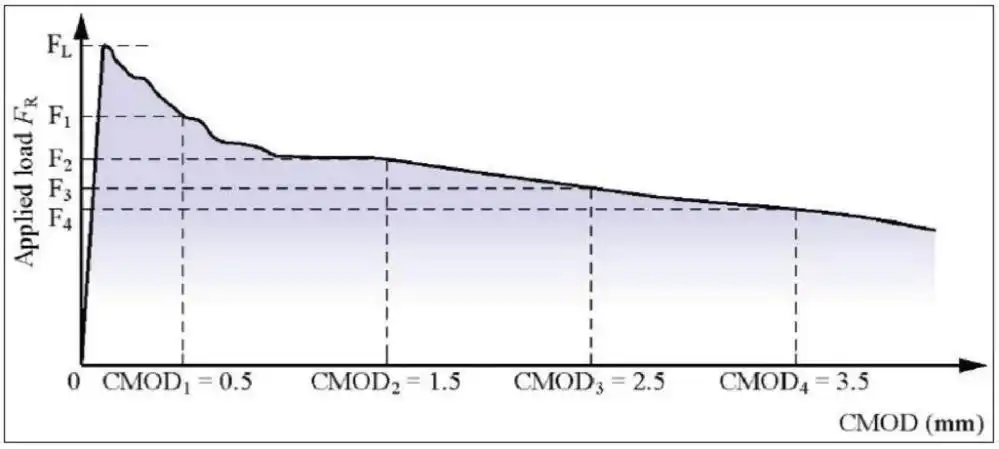
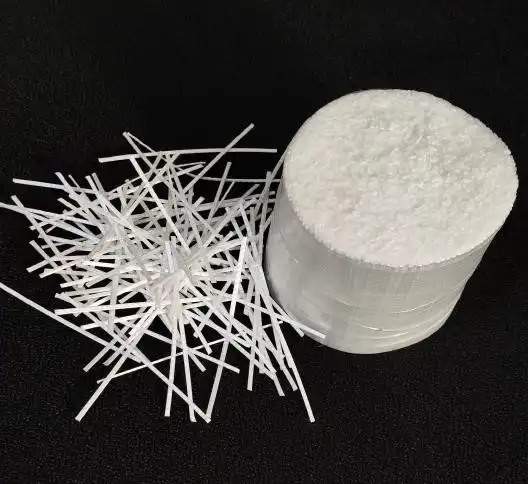

Synthetic Fibers play a vital role in the design and construction of Ground Supported Slabs, Mezzanine Deck Slabs, Precast Concrete, PQC Roads, White Topping, Driveway, Industrial Flooring, Tunnel Lining, Shotcrete, Plastering Mortar, Refractory Bricks, Paver Blocks, Thermal Power Plants, Soil Stabilization, Paints, Water Proofing, Cement Boards and many other applications.
Why FIBERCRETE®?
- High Tensile Strength
- Greater Elastic Modulus
- Non Corrosive
- Acid & Alkali Resistance
- Chemically Inert
- Hydrophobic (do not absorb water)
- High fiber count
- Decreases the dead weight of the concrete element
- Uniform Dispersion in concrete
‘FIBERCRETE®’ Fibers are Certified and Approved by following Organizations.
- Indian Institute of Technology Madras, Chennai
- Indian Institute of Technology, Hyderabad
- SKG Project and Engineering Pvt Ltd, Mumbai
- Kalinda Technical Services & Consultancy, Pune
- Stedrant Technoclinic Pvt Ltd, Bangalore
- Academy of Concrete Technology, Bangalore
- CIPET, Mysore and Hyderabad
- SHRIRAM Institute for Industrial Research, New Delhi
- The Bombay Textile Research Association, Mumbai
Kalyani Polymers Pvt Ltd. is a leading manufacturer and supplier of Synthetic Concrete Fibers to the Indian and International Markets under the brand name FIBERCRETE®. These Fibers are Tri-Component Polymeric based Engineered Fibers produced with the state of the art of European Machineries from Pellets to Fibers and complies with Standard Specifications of Fiber Reinforced Concrete such as EFNARC, ASTM, IRC, MORTH, RVNL, MES Standards.
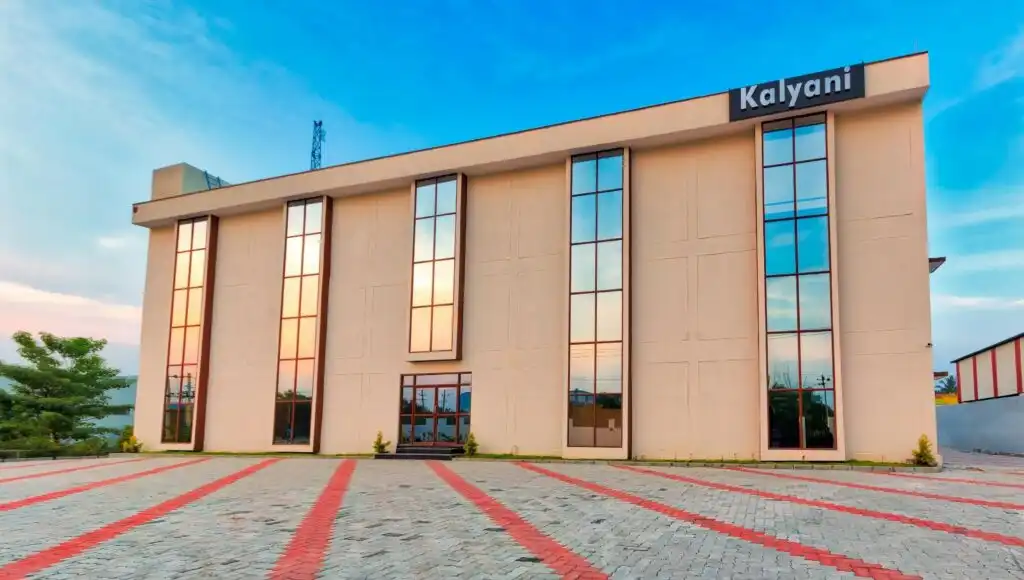
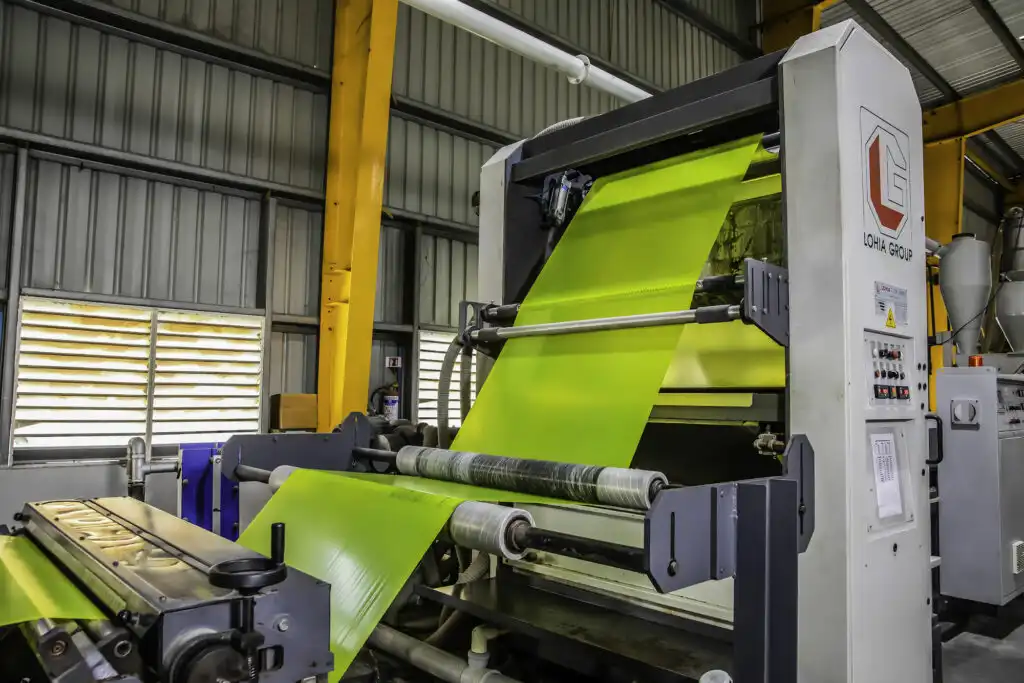
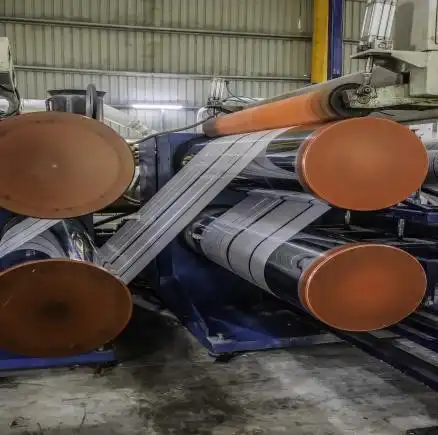
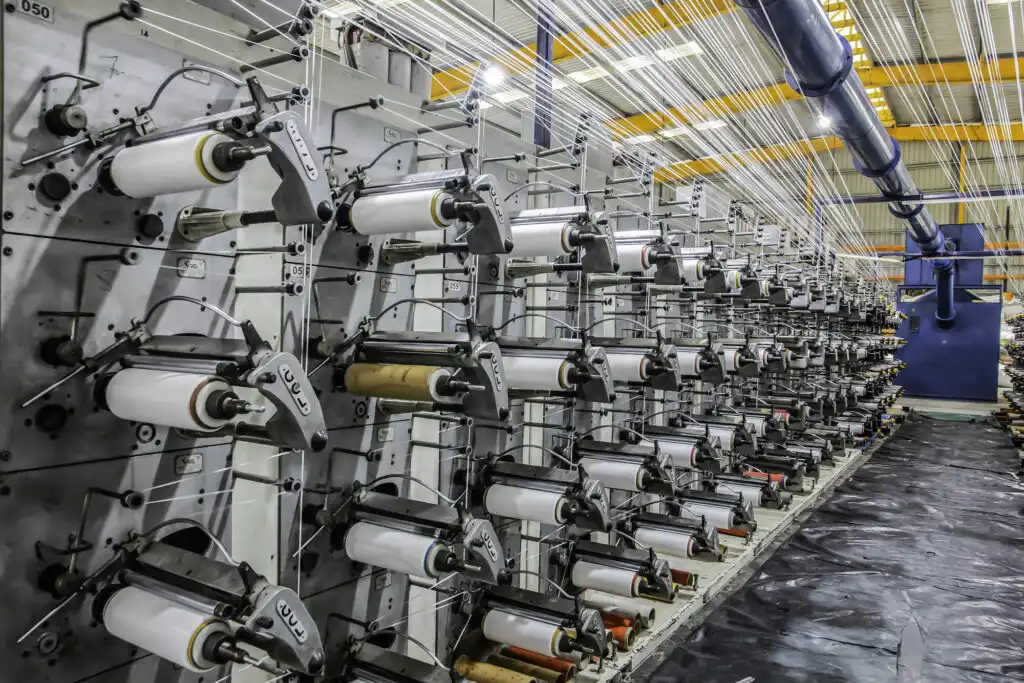
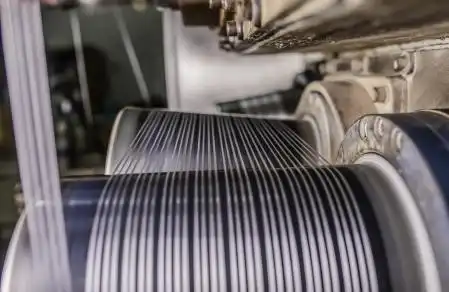
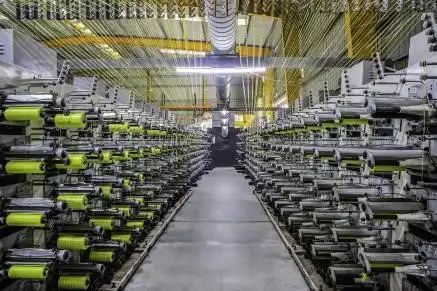
FIBERCRETE® offers a World Class Synthetic Micro & Macro Concrete Fiber Products under “MAKE IN INDIA” and “ATMANIRBHAR” to cater to the requirements of Construction Sector in India and around the World and carries a valid CE (European Conformity) mark.
For more details visit- https://www.fibercrete.in/
Analysis of Synthetic Fibers for Concrete Reinforcements
Synthetic Fiber Reinforced Concrete
Synthetic Fiber Reinforced Concrete (SFRC)
Role of Synthetic Fibers in Concrete
Why FIBERCRETE®?
‘FIBERCRETE®’ Fibers are Certified and Approved by following Organizations

